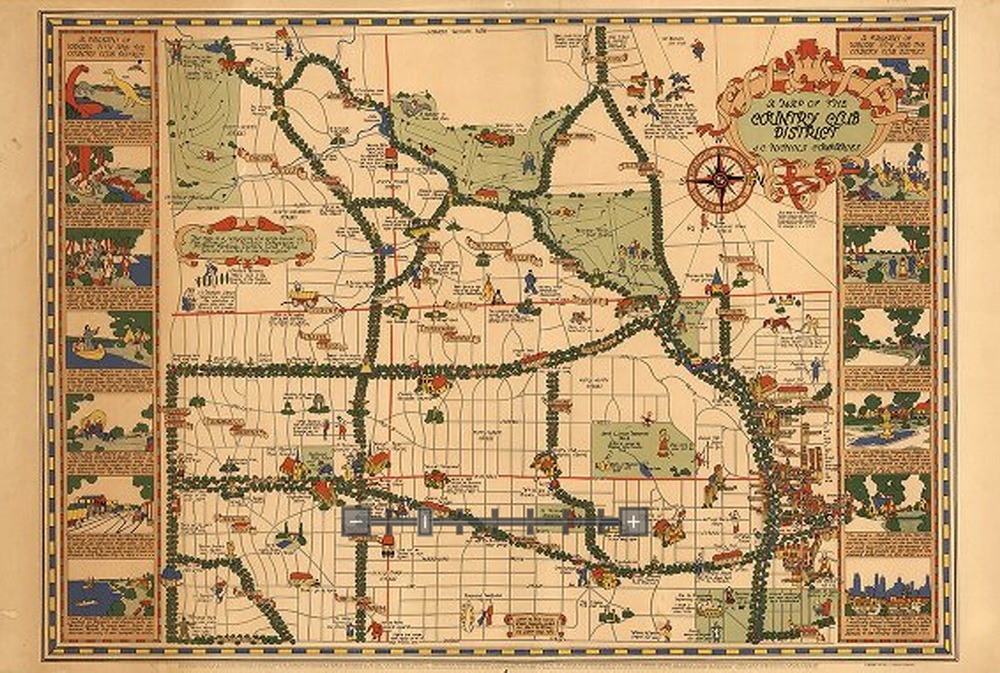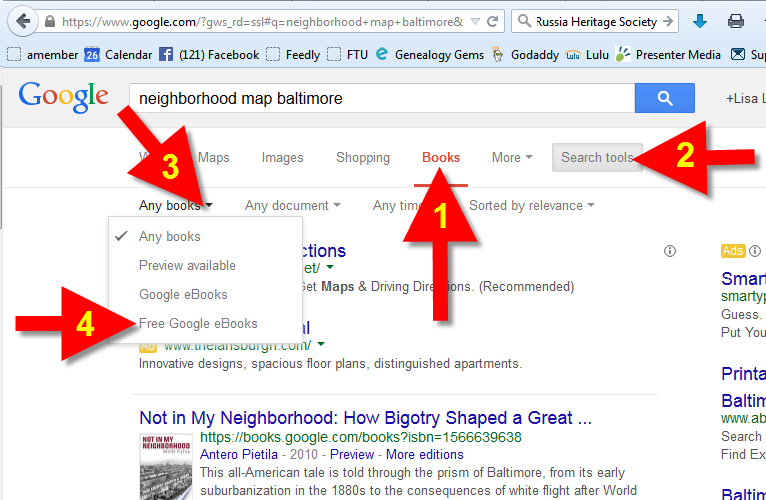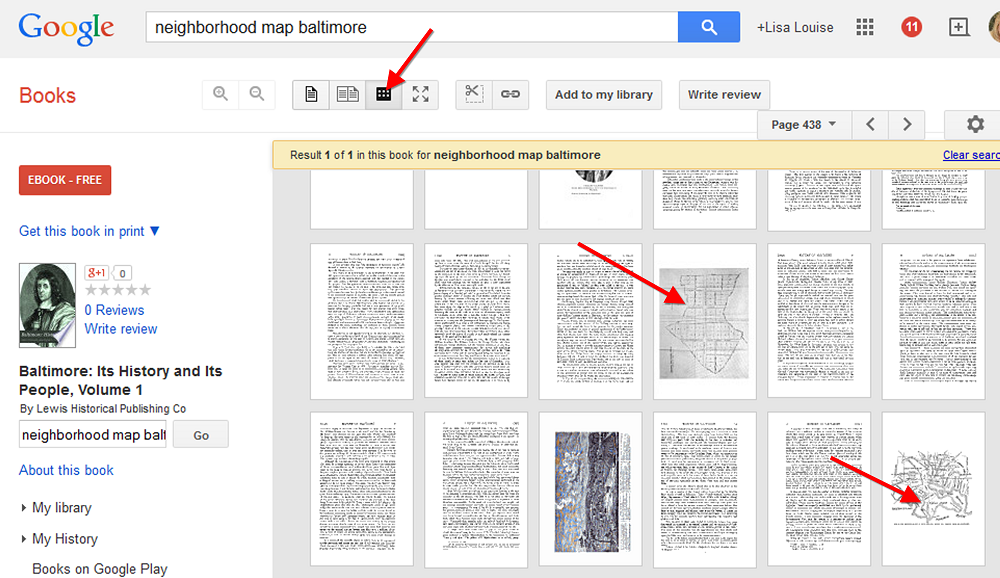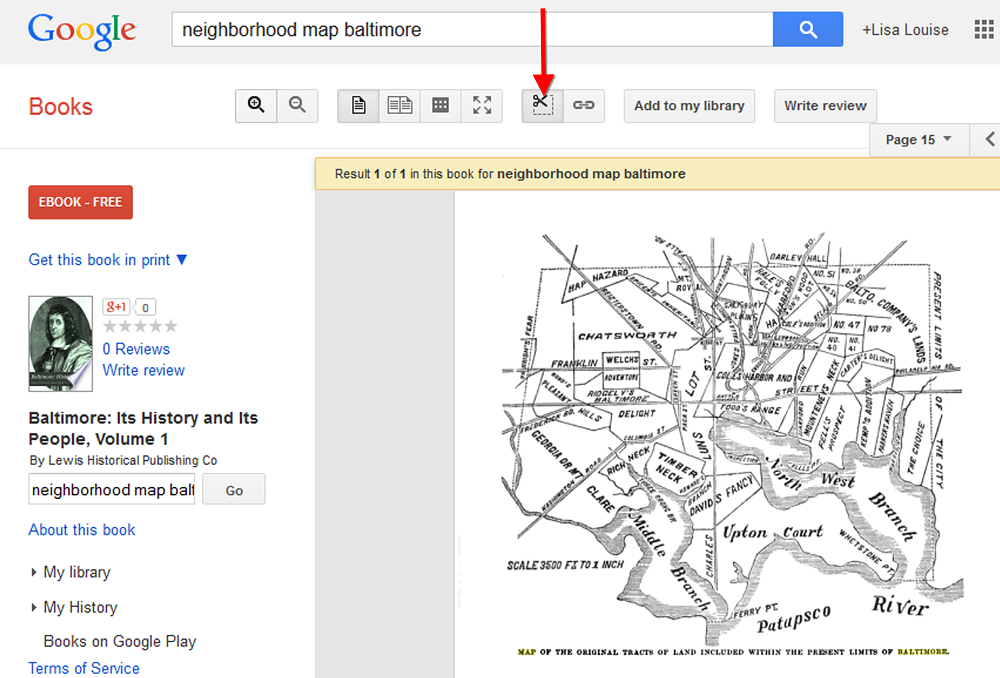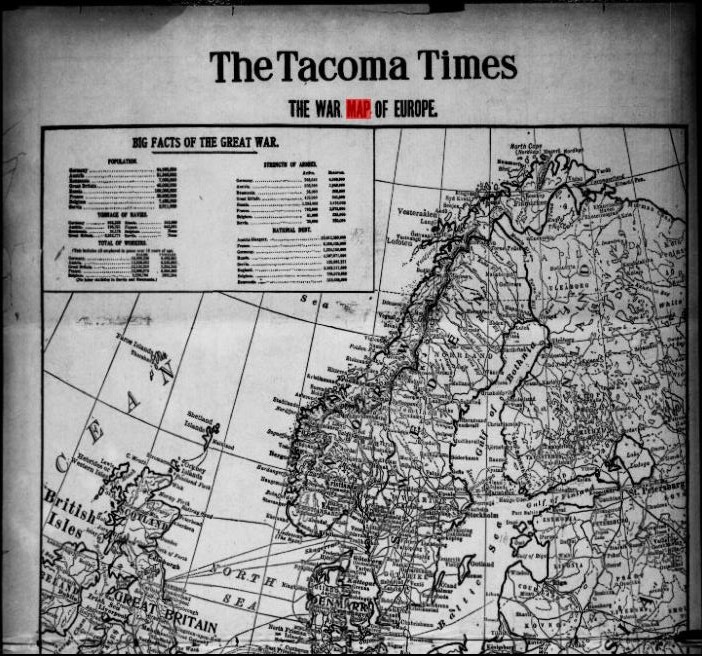Lisa Louise Cooke Coming to Canada: Ontario Genealogical Society Conference 2016
Lisa Louise Cooke will be a featured keynote presenter at the Ontario Genealogical Society conference 2016, June 3-5 in Toronto, Canada. 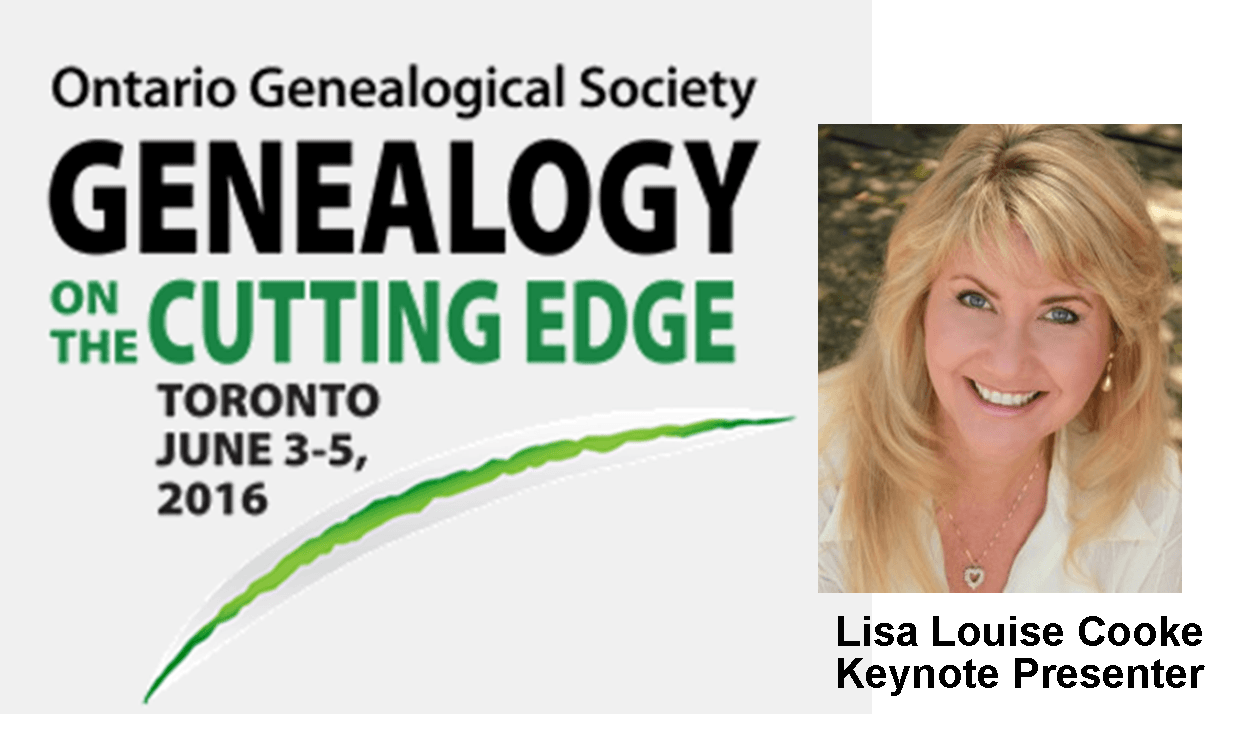
The biggest genealogical event in Canada is coming–and Lisa Louise Cooke will be there! Members of all 34 branches and special interest groups of the Ontario Genealogical Society and other family historians from across North America and around the world will meet in Toronto from June 3-5, 2016 for inspiring lectures, workshops, displays, and other learning opportunities.
Here’s why people are excited about the Ontario conference:
As an internationally-renowned genealogy technology innovator, Lisa will deliver a plenary lecture relating to the conference’s theme, “On the Cutting Edge.” This Saturday morning keynote will be “Future Technology and Genealogy: 5 Strategies You Need.” The audience will be treated to a vision of genealogy research as technology speeds ahead into the future. Lisa will teach five key strategies to employ right now that will make the ride easier–and the results more exciting–than ever.
The Scoop
WHAT: Ontario Genealogical Society Conference 2016
WHEN: June 3-5, 2016
WHERE: International Plaza Hotel, 655 Dixon Road, Toronto
REGISTER: Click here for full conference information
Attend Lisa’s Sessions
- “Using Google to Enhance Your Genealogy Research,” a workshop outlining a “Google Search Methodology for Genealogy.” The workshop features a variety of free Google tools that can help solve genealogical challenges. You’ll also discover advanced Google search strategies you may not be using but are “must-haves” for high-quality Google search results. You will walk away with a proven Google search methodology, and powerful tips and tricks you can use right away.
- “How to Create and Leverage Your Own YouTube Channel for Genealogy.” Don’t let the video revolution pass you by! YouTube Mobile receives more than 100 million views a day and is the #2 search engine on the planet. It’s becoming the first place many people turn to for answers, including fellow genealogists. Video content on your own website can also drive more traffic to your site. This presentation shares Lisa’s tips and tricks for creating a robust YouTube channel that will power-boost your genealogical efforts.
Visit Lisa in the Exhibit Hall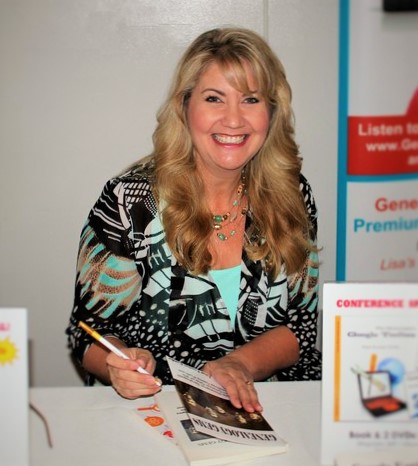
Lisa will be in the exhibit hall at her booth (next to Shop the Hound) signing books, and answering questions. Lisa’s daughter Lacey will be there helping you at the booth. She will have special discounts and a money-saving conference bundle just for this conference.
You won’t want to miss the exhibit hall this year. OGS Conference 2016 will feature a spacious 10,000-square-foot Expo Hall, just steps away from the lecture rooms. There will be displays from genealogical and historical organizations, and commercial exhibitors. You’ll also have an opportunity to check in with all the various branches of OGS and see their specific publications.
About the Ontario Genealogical Society Conference 2016
The entire conference offers something for everyone, and with its convenient location in Toronto, is an easy over-the-border jaunt for many U.S. residents, too. Thursday’s preconference activities include a boot camp for librarians and a session on business skills for genealogists. Friday’s events include off-site tours (World War I history or genetics interest) and workshops including Lisa’s. Saturday’s calendar leads with Lisa’s keynote and then explodes into 24 concurrent sessions and other exciting sponsored events.
Registration
This quick link will take you right to online registration. There are full and partial registration options.
Can’t Make It to the Ontario Genealogical Society Conference 2016? Don’t Fret!
 Wish you could catch Lisa’s Google search methodology workshop? Don’t worry–it’s fully described in her book, The Genealogist’s Google Toolbox. This 2nd edition was completed revised and updated for 2015, with thorough, step-by-step instructions on Google search techniques and new chapters on searching for common surnames, Google Scholar and Google Patents (yes, you can use these for genealogy!). Screenshots and detailed explanations will lead you through Google Alerts, Gmail, Google Books, Google Translate, YouTube and Google Earth (multiple chapters on THIS powerful 3D map).
Wish you could catch Lisa’s Google search methodology workshop? Don’t worry–it’s fully described in her book, The Genealogist’s Google Toolbox. This 2nd edition was completed revised and updated for 2015, with thorough, step-by-step instructions on Google search techniques and new chapters on searching for common surnames, Google Scholar and Google Patents (yes, you can use these for genealogy!). Screenshots and detailed explanations will lead you through Google Alerts, Gmail, Google Books, Google Translate, YouTube and Google Earth (multiple chapters on THIS powerful 3D map).
3 Sources for Historic Maps that May Surprise You
Old maps are an essential tool for discovering more about your family’s history. If you have exhausted more traditional sources, here are three places to find maps that may surprise you.
#1 Surprising Finds within the David Rumsey Map Collection
You’re probably aware that the David Rumsey map collection website is a terrific source for old maps. But you may be surprised by the variety of maps, some which you likely don’t come across every day. Here’s a fun little tactic I took today to see what it may hold in store beyond typical maps. A search of the word neighborhood reveals that their holdings go well beyond traditional maps. Here’s an example from San Francisco showing a neighborhood in its infancy:

And the image below depicts the Country Club district of Kansas City in the 1930s. If your family lived there at that time, this is a real gem.
#2 Google Books
If you think Google Books is just books, think again. Historic maps, often unique and very specific, can often be found within those digitized pages. Try running a Google search such as: neighborhood map baltimore.
Click the MORE menu and select BOOKS. Then click the SEARCH TOOLS button at the top of the results list, and from the drop down menu select ANY BOOKS and then click FREE GOOGLE BOOKS:
Select a book that looks promising. Then rather than reading through the pages or scanning the index, save loads of time by clicking the thumbnail view button at the top of the book. This way you can do a quick visual scan for pages featuring maps!
When you find a page featuring a map, click it display it on a single page. You can now use the clipper tool built right in to Google Books to clip an image of the map. Other options include using Evernote (free) or Snagit ($).
#3 Old Newspapers at Chronicling America
http://chroniclingamerica.loc.gov/
Like Google Books, the digitized pages housed at the Chronicling America website contain much more than just text. Old newspapers printed maps to help readers understand current events like the progress of war or the effect of a natural disaster. This map from The Tacoma Times in 1914 shows a map of Europe and several quick facts about the “Great War,” World War I:
Here’s one more example below. A search for “San Francisco earthquake” at Chronicling America brought up this bird’s eye view of San Francisco at the time of the major 1906 earthquake. Articles below the map explain what you’re seeing:
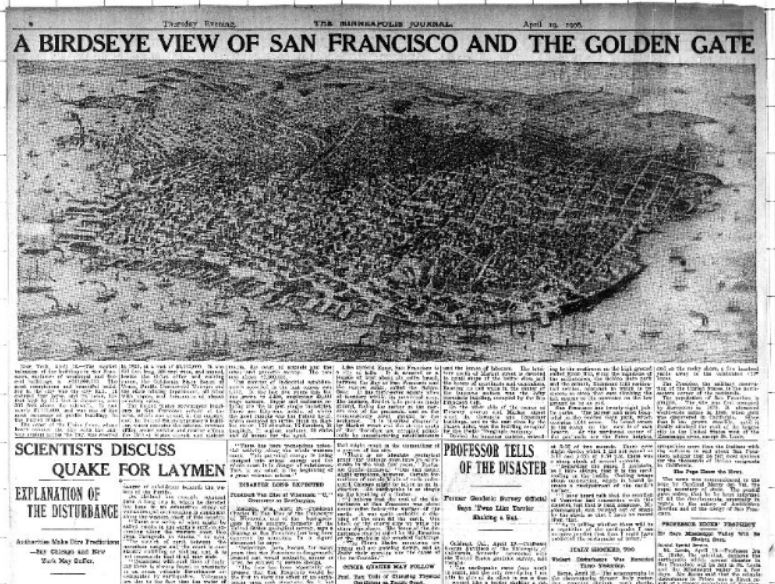
The Minneapolis Journal, April 19, 1906. Image at Chronicling America; click on image to see it there.
Learn more about using newspapers to understand your ancestors’ lives in my book, How to Find Your Family History in Newspapers.
Want more inspiring ideas for finding historic maps? Below is my FREE 8-minute video on using Sanborn maps. This is an excerpt from my Genealogy Gems Premium video, “5 Ways to Enhance Your Genealogy Research with Old Maps.” (Premium membership required to watch that full video along with others like “Best Websites for Finding Historical Maps.”)
How to Use Google Chrome to Identify Old Photos for Genealogy
Learn how to use Google Chrome to identify old photos for genealogy and family history with this quick and easy-to-follow YouTube video!

How to Use Google Chrome to Identify Old Photos for Genealogy and Family History
Take 4 & 1/2 minutes to watch this video from our Genealogy Gems YouTube Channel. Your family history will be glad you did!
Like I said, there is more than one web-browser out there. Maybe you are a fan of Firefox or Internet Explorer, but I want you to head on over to Google Chrome to see this really slick feature.
Why Google Chrome Image Search Works
Google Chrome can do a lot of amazing tech things. By learning how to use Google Images, you may be able to finally identify some of those old pictures you have stuffed around the house! This technique works especially well for identifying locations, maps, and high profile buildings. Why does this work? Google has a stellar process for surfing the web (they call it “crawling”) and indexing everything it finds. This effort builds an incredible wealth of information, including information on all of the photos and images it comes across. Google Chrome, Google’s web-browser, can use this data to quickly match your image to other images Google has crawled on the web. Not only can it find the image, but it can bring along with it any other information (such as details about the image) that is attached to the image. And that can all mean big answers for you!
Take It Further: Identify Original Locations of Images and Photos
In my video, I share with you how I used Google Chrome to identify an old family postcard. In this blog post today, I want to share another tip for using Google Chrome to identify old photos. It never fails.
If you’re like me, you get pretty excited as you make family history discoveries. You might find yourself saving documents and pictures to your computer without accurately sourcing from whence they came. Six months later you find yourself wondering, “Where in the world did that image come from?”
Google Chrome can help. Just use the step-by-step instructions found in the video to upload the image to Google Images, and click the Search by Image button. Voila! Google finds the match and you uncover the website where the image came from! This saves valuable time (and I think we can all use more of that) and provides the information you need to properly cite your image source.
Sharing is Caring
Thanks for watching and reading, friends. Did you share this tech-tip video with your genie buddies? I hope you did. For more tech-tips and savvy tricks, be sure to subscribe to our Genealogy Gems YouTube Channel.
More Free Tech Tip Videos
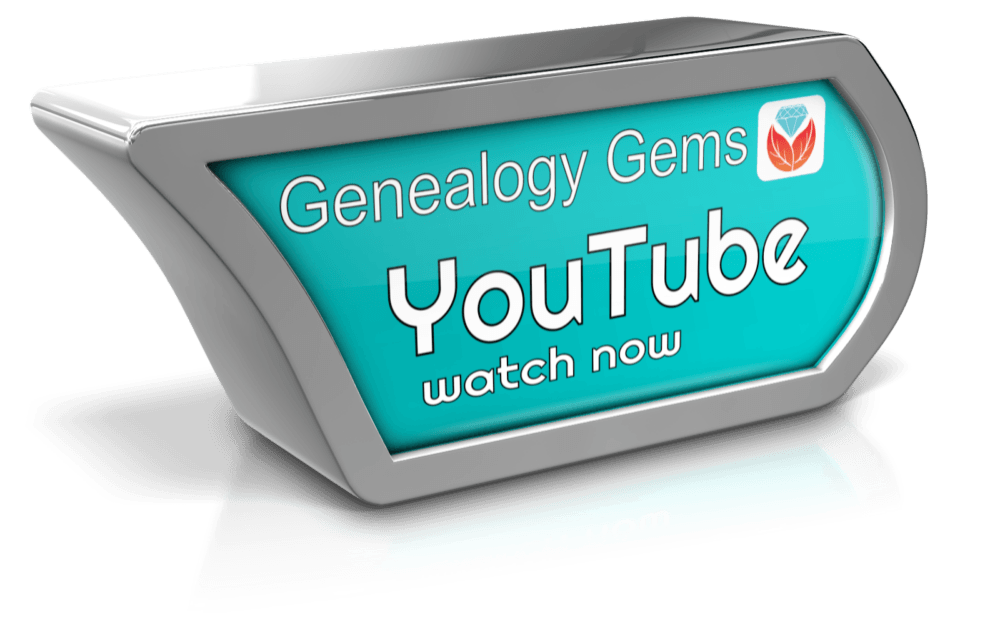
Free Google E-Books for Genealogy and Family History
Mobile Genealogy Tips and Tricks
Create Captivating Family History Videos

